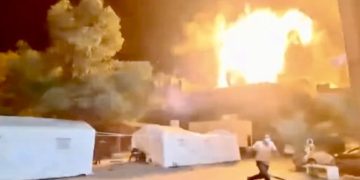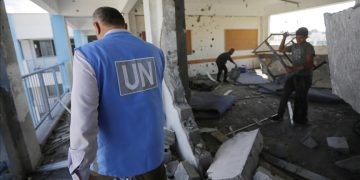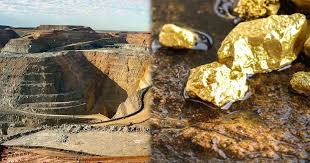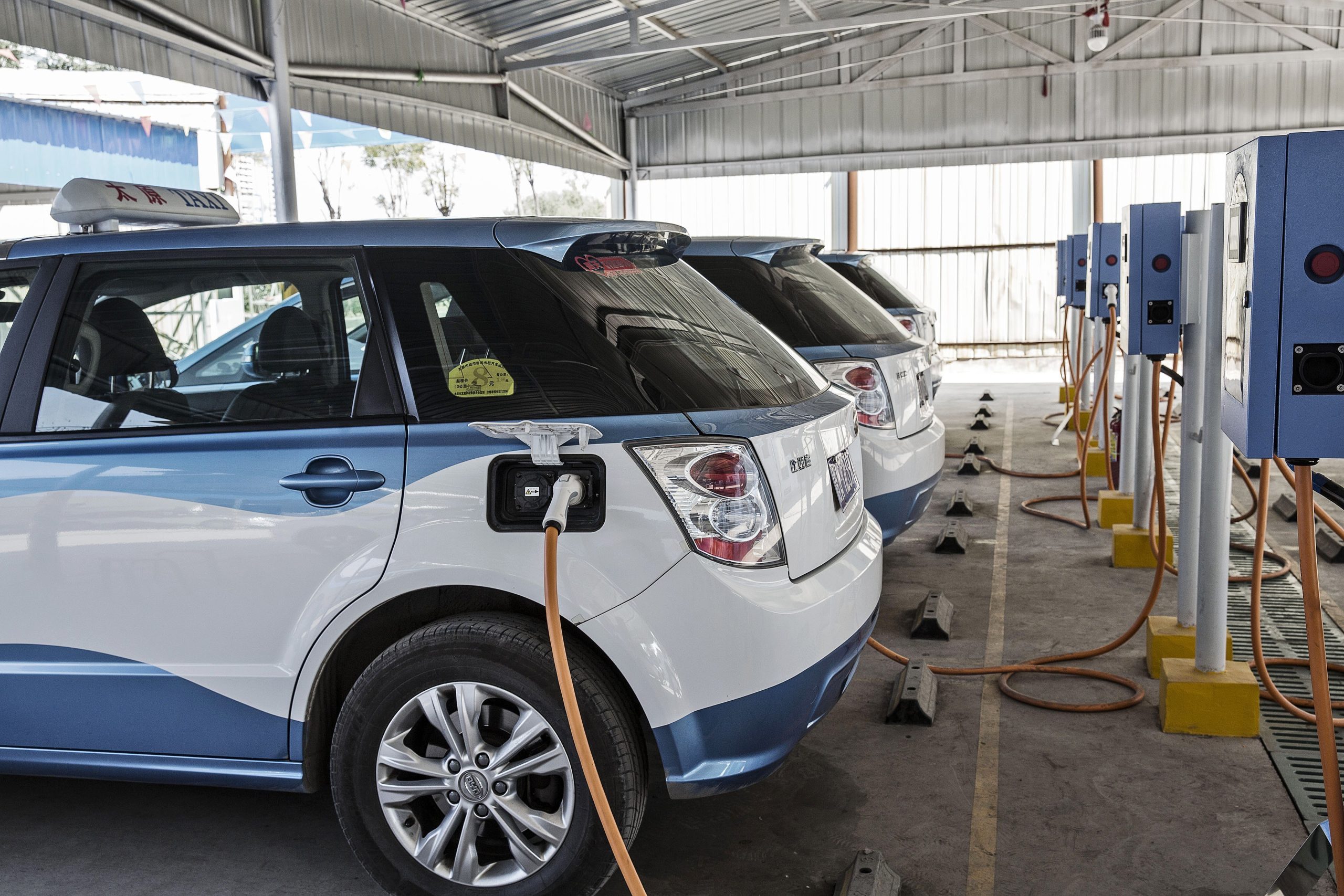In a recent development, Archaeologists have made a significant discovery that reveal the gruesome fate faced by the residents of ancient city of Pompeii, Italy.
As per details, scientists have discovered well-preserved remains of two men from the ruins of Peompeii.
The two men were cauterized and buried alive by the disastrous volcanic eruption of 73 A.D which completely annihilated the city with its residents burned and buried alive under volcanic ash.
According to archaeologists the two men belonged to two different ‘classes’ of the Pompeiian society with one belonging from high status, whereas the other belonged from lower class.
The former is expected to be of 30-40 years old and whose remains bore traces of a woolen cloak under his neck. Meanwhile, the latter wore tunic and had damaged vertebrae, indicating he performed heavy labor work.
Experts suggest that these two men were seemingly seeking refuge from the volcanic eruption but were eventually killed by the pyroclastic current resulted by the volcanic eruption.
Dario Franceschini – Italian Minister of Cultural Heritage and Activities has hailed the discovery terming the development as a significant step in further elevating Pompeii’s status as a historical landmark and its relevant research and study practices.
What happened in Pompeii?
Pompeii was an ancient city located in what is now the comune of Pompei near Naples in the Campania region of Italy. Pompeii, along with Herculaneum and many villas in the surrounding area (e.g. at Boscoreale, Stabiae), was buried under 4 to 6 meters of volcanic ash and pumice in the eruption of Mount Vesuvius in AD 79.
Largely preserved under the ash, the excavated city offered a unique snapshot of Roman life, frozen at the moment it was buried, and an extraordinarily detailed insight into the everyday life of its inhabitants, although much of the evidence was lost in the early excavations.
It was a wealthy town, enjoying many fine public buildings and luxurious private houses with lavish decorations, furnishings and works of art which were the main attractions for the early excavators. Organic remains, including wooden objects and human bodies, were entombed in the ash.
Pompeii is a UNESCO World Heritage Site and is one of the most popular tourist attractions in Italy, with approximately 2.5 million visitors annually
After many excavations prior to 1960 that had uncovered most of the city but left it in decay, further major excavations were banned and instead they were limited to targeted, prioritized areas. In 2018, these led to new discoveries in some previously unexplored areas of the city.
Eruption of Vesuvius
In the late summer or autumn of 79 AD, Mount Vesuvius violently spewed forth a deadly cloud of super-heated tephra and gases to a height of 33 kilometers, ejecting molten rock, pulverized pumice and hot ash at 1.5 million tons per second, ultimately releasing 100,000 times the thermal energy of the atomic bombings of Hiroshima and Nagasaki.
The eruption lasted for two days. The first phase was of pumice rain (lapilli) lasting about 18 hours, allowing most inhabitants to escape. That only approximately 1,150 bodies have so far been found on site seems to confirm this theory and most escapees probably managed to salvage some of their most valuable belongings; many skeletons were found with jewelry, coins and silverware.
It was followed by pyroclastic flows that comprised of high speed, dense, and very hot ash clouds, knocking down wholly or partly all structures in their path, incinerating or suffocating the remaining population and altering the landscape, including the coastline. By evening of the second day, the eruption was over, leaving only haze in the atmosphere through which the sun shone weakly.
Due to the eruption, the people and buildings of Pompeii were covered in up to twelve different layers of tephra that was up to 6 meters deep.


















































